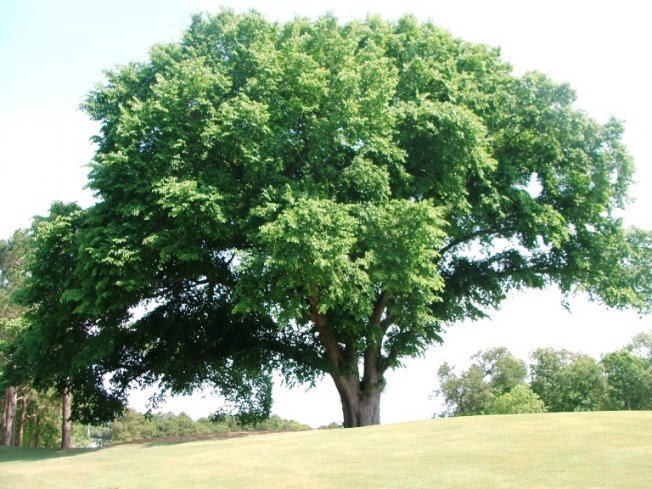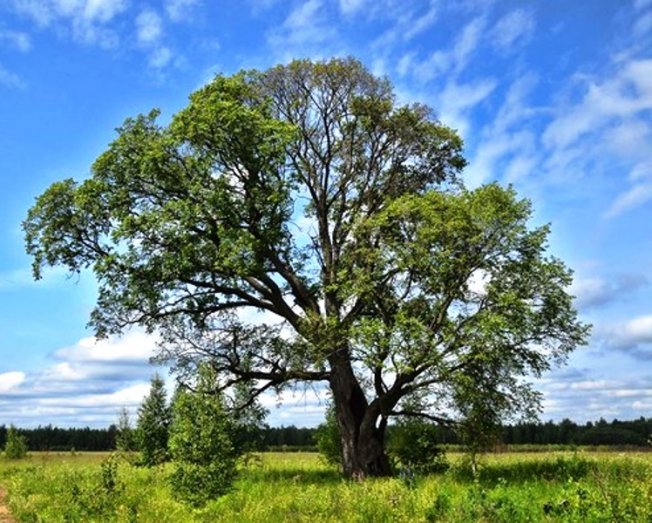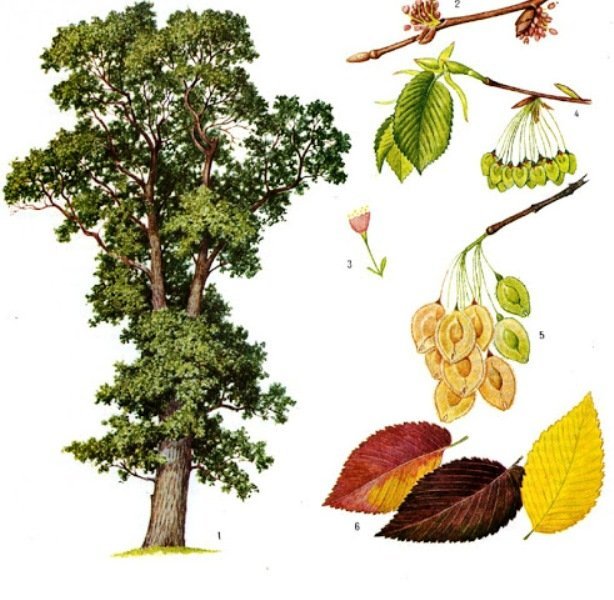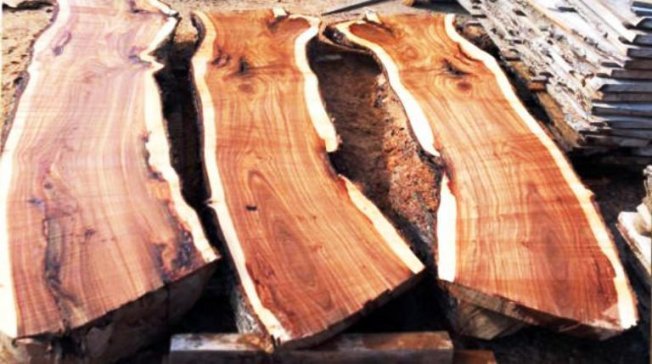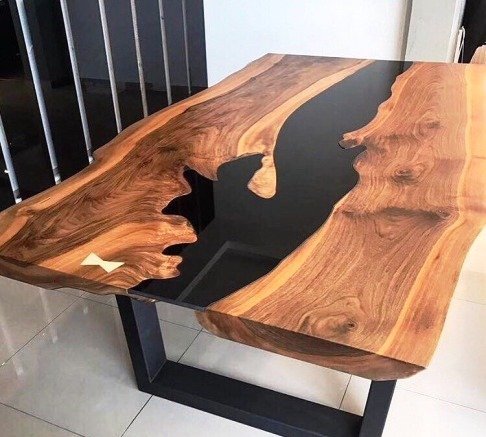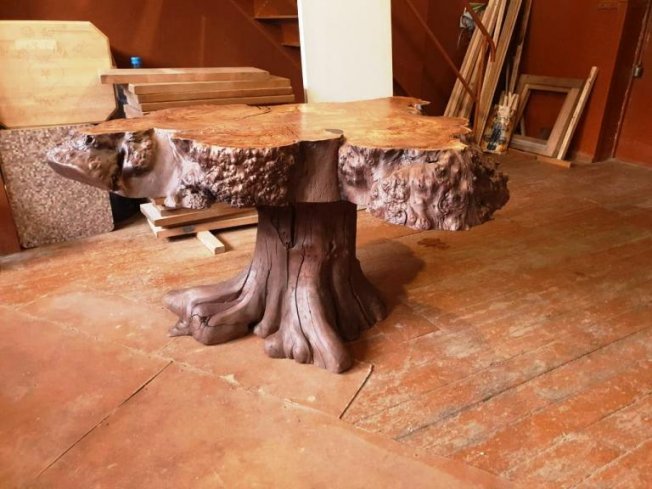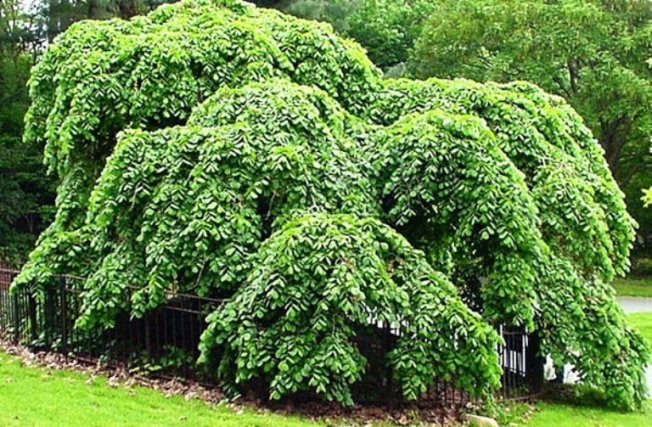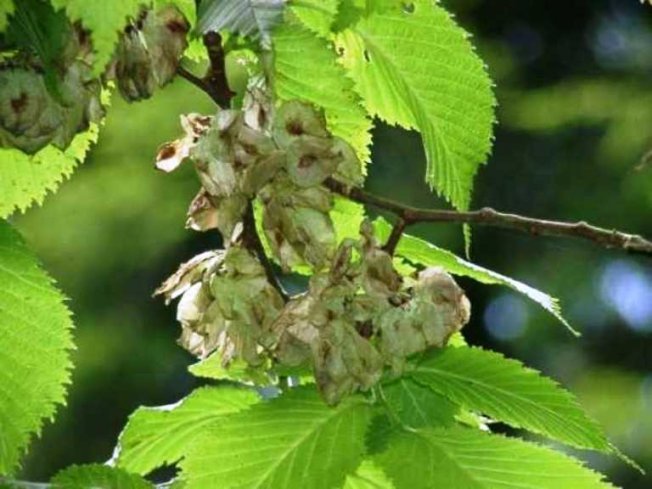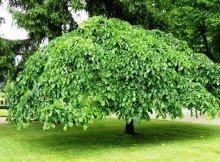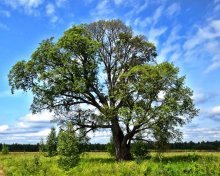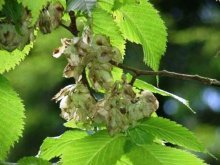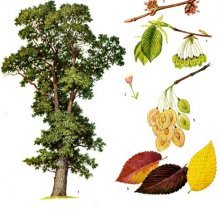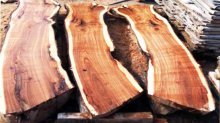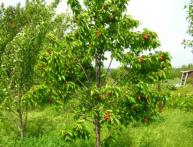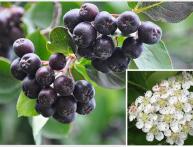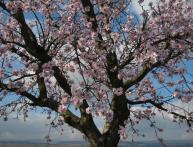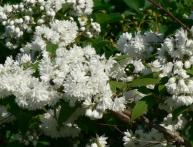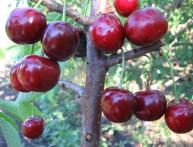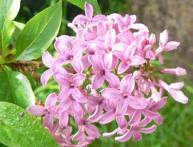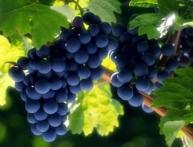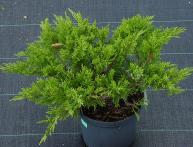Kargach tree, description and photo, varieties, how to plant and grow, use of wood
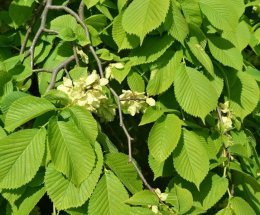
One of the most majestic plants can be called the elm tree.
Wood is used in furniture production, medicine and landscape design.
Content:
- Elm - tree or shrub? Description of the plant and photo
- Varieties and species, distribution area, where it grows in Russia
- How to plant and grow small-leaved elm
- Features of care, requirements for lighting and soil moisture, pruning
- When and how to bloom, use of fruits
- Medicinal properties
- Wood, cut photo, price, how to use it, elm products
- Elms in landscape design
- What does the tree symbolize?
Elm - tree or shrub? Description of the plant and photo
Elm is a common name for several species of elms in the southern regions of the country. The name comes from the Turkic “ebony tree”. This is a relict plant that can exist for several centuries.
Mostly, an adult elm looks like a tree, reaching a height of 40 m, but there are also some species that look like shrubs.
Characteristic features of this breed include:
- The surface of the bark of a young branch is light brown without roughness. Only over time do vertical grooves appear on the bark;
- The tree is unpretentious and can grow even on infertile shaded soils, although it feels better on fertile soils.Be that as it may, it grows quite quickly; in a year it adds 50 cm in height and increases by 0.3 m in trunk circumference;
- The foliage of the plant is oval with jagged edges, reaches 4-20 cm in length. On the branches, the leaves are arranged alternately on short cuttings;
- The root is powerful and can penetrate the soil 30 m with a trunk whose girth is one and a half meters. However, the roots of some species do not grow in depth, but in breadth and spread over large areas;
- Flowering occurs in spring, before foliage appears. The flowers are collected in small yellow inflorescences;
- The fruits are small winged nuts that ripen in May. Such seeds, once on the soil, can germinate within a few days.
You can meet it both in the form of single representatives and in mixed plantings.
It is noteworthy that it is widespread not only in the wild, but is also in demand in landscape design.
Varieties and species, distribution area, where it grows in Russia
Hiding under the name “elm” two types of elms, widespread in Russia.
These include:
- Small-leaved - found in the south of the Asian part of Russia. It grows up to 15 cm in height with a dense tent-shaped crown. The branches are thin and often spaced. The plant tolerates replanting well and lends itself well to formative pruning. Blooms in March, fruiting is expected in May;
- Squat - often found in western Siberia. It reaches a height of 25 m with an adult trunk diameter of one meter. In regions with a dry climate it can grow as a shrub. The bark of young sprouts is smooth, with a gray tint, but gradually it becomes coarser and breaks through in places.
In the natural environment, these species can be found in the southern and western parts of Russia.However, you shouldn’t be surprised to find them somewhere in the park.
How to plant and grow small-leaved elm
This is a fairly unpretentious plant, which is not at all difficult to get into the garden.
In order to grow a tree you need:
- Plant the seeds in fertile, loose soil in a small container. At the same time, you should not deepen them too much; a few millimeters of depth is enough;
- Be sure to add lime to the soil to enrich the soil with phosphorus, calcium, nitrogen and magnesium;
- In the first few weeks after planting, it is important to maintain stable soil moisture. To do this, it is recommended to cover the container with polyethylene and do not forget about watering;
- The first shoots will appear in a week.
However, it is not at all necessary to grow it from seeds; you can use the cutting method. To do this, it is recommended to cut the cuttings in May and, after treating them with growth stimulants, place them in water to form roots.
Let's watch an interesting video about how to grow a kargach tree:
Features of care, requirements for lighting and soil moisture, pruning
Like any other plant, after germination, elm needs some care.
The latter consists of following a number of measures:
- Watering is regular at the beginning of the growing season and limited after pruning. The soil should not be allowed to dry out;
- Fertilizing depends on the type of soil. So if the soil is rich in nutrients, special fertilizers may not be needed at all. However, if the soil is not rich, it is recommended to apply organic fertilizers (unrotted weeds and compost) once every two weeks. In addition, it would not hurt to add an equal mixture of rotted compost, sand and crushed stone;
- Crown trimming - the optimal period for crown formation is considered to be from January to April. The essence of shaping comes down to cutting off too densely growing branches and giving the crown the desired shape using wire. It is important to ensure that the wire does not grow into the branch. To prevent this, it must be removed after a year.
Elm is a fairly hardy plant that does not require special care. The tree tolerates pruning well and is able to grow even in unfavorable conditions, although in this case its appearance will suffer.
When and how to bloom, use of fruits
Yellowish small inflorescences appear in early spring and remain on the branches for ten days. After flowering, by the end of May or even the beginning of June, you can expect the formation of fruits.
The first fruiting occurs after its seventh birthday. Typically, fruiting is quite abundant; one plant can produce about 30 kg of nuts per year.
The fruits are round, collected in groups, located on long stalks. At the core of each fruit is a nut.
Despite the fact that elm is better known for its wood and bark, there are also references to the use of its fruits. So in folk medicine, the fruits are boiled in milk and used to treat gonorrhea.
Medicinal properties
Due to the rich chemical composition, the leaves and bark are widely used in medicine. Often the bark is collected during the flowering period, and the foliage in early summer, always in dry weather.
The collected material can be used to prepare decoctions and infusions for several years.
In folk medicine it is used in the cases indicated in the table.
| Composition of funds | Application area |
| Bark decoction | For the treatment of bladder inflammation, diarrhea, edema, pathologies of the gastrointestinal tract. To accelerate muscle healing and treat certain skin pathologies |
| Leaf decoction | For wound healing and colic relief. An infusion of elm bark, willow and birch buds is used to treat colds and fever. |
| Infusion of elm bark, willow and birch buds | For the treatment of colds and fever. |
The spread of preparations based on elm leaves and bark is due to the large amount of tannins and mucus that are included in their composition.
They have a beneficial effect on the human body in case of damage to the skin and diseases of the digestive system.
Wood, cut photo, price, how to use it, elm products
Elm wood is especially highly valued in industry. It practically does not rot even at high humidity.
This feature allowed elm to become especially popular in Europe, where it was used to make water pipes and build bridges.
Elm is a very dense wood, which makes its processing quite difficult. When cut, the tree has a beautiful texture with a light brown core and a soft yellow subbark.
Despite the difficulties that arise when cutting, the wood is polished quite easily, plus it glues perfectly and does not crack when dried.
On average, it is difficult to find wood of this type for less than 35,000 rubles/m3. Elm is widely used in the furniture industry, shipbuilding, flooring, and decorative elements.
Products made from elm are characterized by increased resistance to moisture and sunlight.That is why, despite the complexity of processing, elm wood does not lose popularity.
Let's watch an interesting video about the use of kargacha wood:
Elms in landscape design
All elms grow very quickly. So, already four years after planting, you can get a fairly decent tree from a small cutting. If a small tree has already been planted, you can safely expect an annual growth of one meter.
It is thanks to its growth rate that it received special appreciation from landscape designers. Since this plant tolerates pruning very well, after which the crown thickens quite quickly, it is often used to form a hedge.
However, this tree is used not only to form fences, but also in other compositions. So elm looks quite impressive on the lawn when planted alone and also fits harmoniously into the rock garden. The tree will not get lost even against the background of low bird cherry and mountain ash, and it will not become a stranger next to apple and cherry trees.
Thanks to the spreading crown, which can cover a fairly large area, shade-loving plants can be planted under the tree. In landscape design, elm is often planted with ferns, lilies of the valley and bergenia.
What else, besides the speed of regeneration and active growth, can attract landscape designers to elm? Its foliage. Despite the fact that this is a deciduous tree, with cold weather it is in no hurry to get rid of its foliage. At first, the plates acquire a yellowish-olive color and fall off only with severe frosts.
Considering all these advantages, it is not at all surprising that it is found even in those areas where it has never existed in nature.And even if it takes more time and effort to grow a tree there, it is worth it.
What does the tree symbolize?
Like many other plants, elm is also noted in the beliefs of different peoples. He is often associated with Mother Earth. In some legends, this amazing tree has become the home of fairies, which should not be touched by curious travelers.
However, the most popular symbol that the elm represents is dignity. The width of the outstretched crown and the height of the trunk indicate faith and support.
Based on this, it is not surprising that amulets are often made from elm wood. One look at this majestic giant is enough to understand that our ancestors had every reason to attribute to him a symbol of dignity.
Karagach is the popular name for several types of elms, common in the south and west of Russia. Known in folk medicine and widely used in landscape design, it is used in the furniture industry due to the special strength of the wood.

